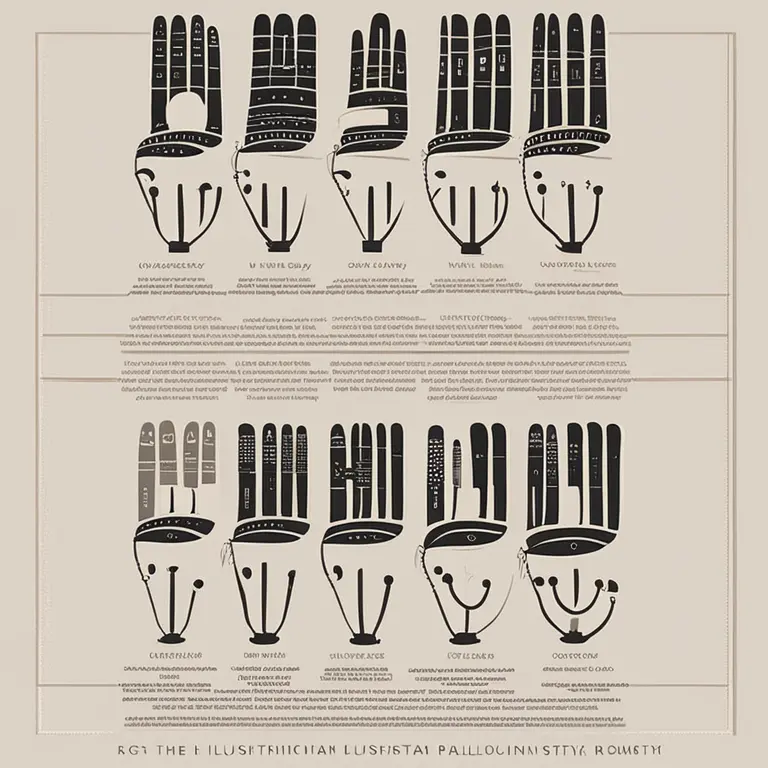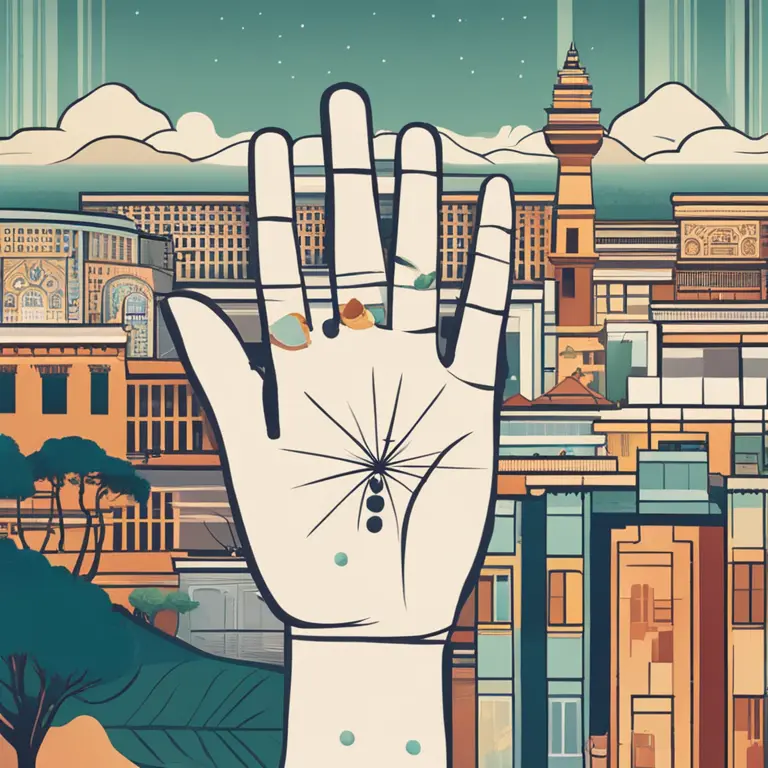
Palmistry: A Guide to Your Hands' Secrets
Delve into the world of palmistry as we break down the ancient practice of reading hands to reveal personal insights and future predictions.
article by Nora Pennington
Introduction to Palmistry
Palmistry, also known as chiromancy or palm reading, is a practice rooted in ancient civilizations, tracing back to India, China and Greece. This age-old art involves studying the palm's lines, shapes, and mounts to interpret personality traits and forecast potential life events. Today, modern palmists integrate traditional reading techniques with current psychological theories, merging mysticism with science. Whether for personal insight or curiosity, millions worldwide continue to find value in the wisdom of palmistry.

The Lines of Life
The lines on a person's hand are said to be maps to one's destiny. The major lines include the heart line, head line, life line, and fate line. Each holds a specific significance: the heart line reflects emotional wellbeing, the head line intellectual tendencies, the life line vitality and life changes, and the fate line correlates to life's path. Analyzing these lines doesn't predict a fixed future but suggests possibilities based on individual traits - a nuanced art that requires practice and insight.

Mounts and Their Meanings
Between the lines lie the mounts, fleshy pads beneath each finger, representing different aspects of personality in palmistry. The Mount of Venus, for instance, is said to relate to love and sensuality, while the Mount of Jupiter links to ambition and leadership. A well-developed mount might indicate strength in the associated area, offering a detailed personality profile. As with all aspects of palmistry, interpretations can vary, reflecting the inherent complexity of the human psyche.

Shape and Flexibility
Hands come in various shapes and sizes, and palmists consider these when conducting a reading. Square hands may denote practicality, while long fingers could suggest sensitivity. The flexibility of the hand also speaks volumes; stiff hands might indicate a resistant personality, whereas flexible hands could show adaptability. These physical attributes are interpreted to complement the narrative that lines and mounts begin on the palm's canvas.

Modern Palmistry Practices
Palmistry in the digital age has adapted to contemporary needs. While traditional in-person readings remain popular, online services and apps have surfaced, offering virtual readings and personalized reports. Despite the methods, the goal remains the same: providing insight and guidance. Palmists continue to educate themselves in psychological principles and methods of counseling to enhance their readings' relevance and depth for individuals seeking answers in an ever-changing world.
The Skepticism and Belief
Critics often dismiss palmistry as a pseudoscience, arguing that hand features cannot reliably predict the future or reveal one's personality. Yet, many palmistry enthusiasts argue that it is about gaining a deeper understanding of oneself and contemplating life choices. Whether one approaches palmistry with belief or skepticism, it can facilitate introspection and foster a mindfulness outlook, making it a valuable tool for personal growth.
Published: 1/11/2024
Modified: 1/12/2024
More predictions
Come back here soon to learn more about yourself and your future


The Essence of Palmistry: Interpreting Lines and Shapes
Delve into the world of palmistry to discover the meanings behind the lines and shapes etched into the palms of your hands.


The Efficacy of Palmistry: Real Insight or Fancy?
Delve into the validity of palmistry as a form of divination. Is there a truth behind the lines on our palms, or is it just a charming fancy?


The Ancient Art of Vedic Palmistry
Discover the ancient art of Vedic Palmistry and its practice in the modern era, revealing the secrets held within the lines of the hand.